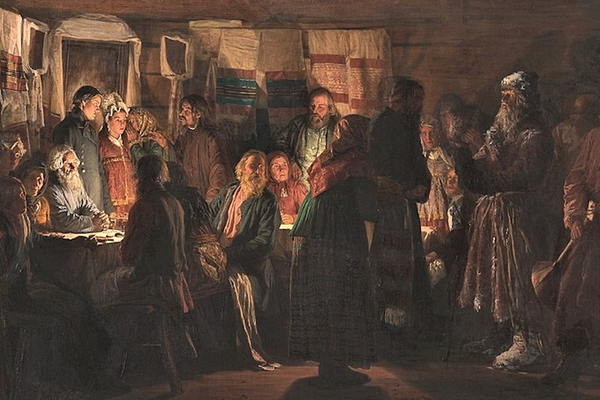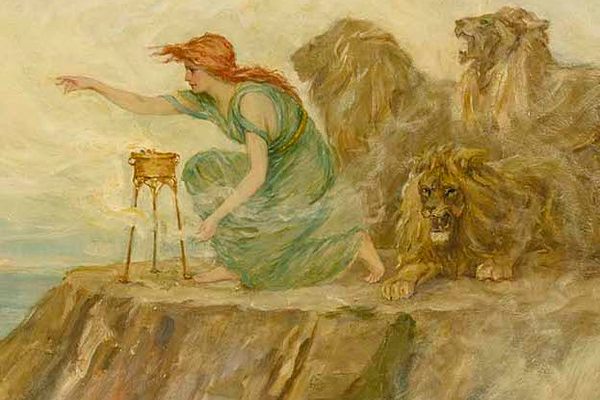100 Wonders: Necropants
Among get-rich-quick schemes, the nábrók, which directly translates as “necropants,” is one of the more extreme.
Necropants, a replica of which can be found in the Museum of Icelandic Sorcery and Witchcraft in Hólmavík, Iceland, are an example of just how desperate things really were in 17th-century Iceland. Crushed by a terrible class system, natural disasters, and pirate raids, the peasants of Iceland barely survived. But hope came in the form of necropants, for which you needed to find a dead male friend, skin him, wear his skin like pants, and drop a coin taken from his widow into the scrotum of the skin trousers. As the legend went, once this had been achieved, every time you checked the pocket thereafter, there would be more money in your “money sack.”
We can never know how many, if any, pairs of necropants were actually created. Perhaps they were the Icelandic sorcerers’ equivalent of dreaming about what you would do with big lottery winnings: “If I had I pair of necropants I would buy so many goats your heads would spin!” In a time when life was so bleak that wearing a dead man’s skin for pants was an upgrade, you needed to hang on to whatever dreams you could find.


























Follow us on Twitter to get the latest on the world's hidden wonders.
Like us on Facebook to get the latest on the world's hidden wonders.
Follow us on Twitter Like us on Facebook